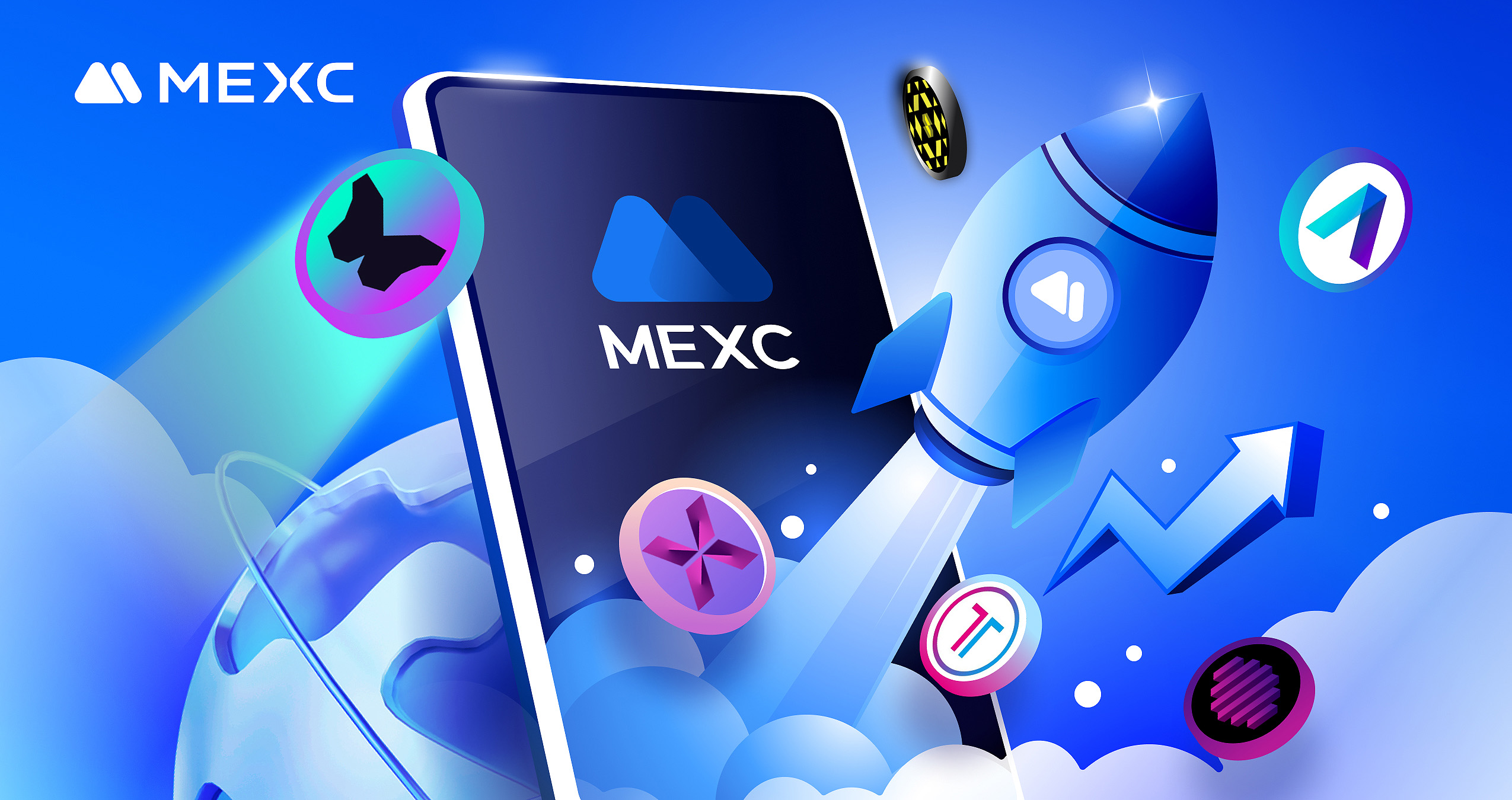From the end of 2024 until now, the crypto market has been in turmoil as Ethereum (ETH) suddenly evaporated more than 60% of its value in just the first 4 months of the year. Many investors who once viewed ETH as a “money printing machine” are now restless, wondering: Is the Ethereum empire fading?
Considered a fertile land for a series of DeFi and NFT applications, Ethereum is now facing unprecedented pressure. Is this devaluation nightmare the end of the golden era, or just a challenge to overcome to be reborn stronger?
Let’s delve deeper into the Ethereum story through the analysis below – where you will find a multi-dimensional perspective on the causes, market developments and ETH price predictions in 2025.
What is Ethereum?

If Bitcoin is known as digital gold, Ethereum is the sleepless global computer of the crypto world. Born in 2015 by the genius Vitalik Buterin, Ethereum did not stop at becoming the second digital currency on the market. Its true power lies in its ability to run smart contracts – code that automatically executes transactions without the need for an intermediary.
Thanks to this breakthrough feature, thousands of decentralized applications (DApps) from peer-to-peer lending to NFT exchanges have mushroomed on the Ethereum platform. It can be said that more than 70% of the current DeFi ecosystem is standing on the shoulders of this giant.
Ethereum’s development history and role
The journey from crypto seed to leading blockchain ecosystem
- 2015-2017: The transformation phase
Starting with a sensational ICO raising $18 million, Ethereum quickly became the favorite crowdfunding platform for blockchain projects. This was also thetime when the concept of smart contracts began to change the way the world thought about traditional contracts.
- 2022: A historic leap with The Merge
The transition from Proof of Work (energy-consuming coin mining) to Proof of Stake (energy-saving staking) is likened to a spectacularly successful “heart transplant”. The birth of Ethereum 2.0 not only cuts 99% of carbon emissions but also paves the way for transaction speeds of thousands of TPS in the future.
Role in the blockchain ecosystem
Amid the 2024 price storm, many people forget that Ethereum is still feeding a huge ecosystem:
- The backbone of more than 3,000 DApps from NFT games to auto insurance
- Processing 1.2 million transactions/day – 5 times more than its closest competitor
- Accounting for 62% of the total value locked (TVL) in global DeFi
Despite the volatility of ETH prices, Ethereum’s position as a leader in the Web3 wave still makes it an irreplaceable piece.
Current Market Overview of Ethereum
Since late 2024, the Ethereum (ETH) market has experienced dramatic fluctuations, with sharp price declines, diminished on‑chain activity, and weakened investor sentiment. Below is an overview:
Price Volatility
- Peak to Trough: From a high of around USD 4,100 in December 2024, ETH plunged to a low of USD 1,385 on April 9, 2025.
- Current Trading: As of April 12, 2025, ETH trades near USD 1,574.87—a drop of over 60% from its previous peak.
On‑Chain Activity Decline
- Active Addresses: Daily active addresses fell from over 400,000 in early January to roughly 333,000 by late March 2025. This decline has slashed transaction‑fee revenue and weakened Ethereum’s fee‑burn mechanism.
Transaction Fees & Ecosystem Impact
- Fee Collapse: Transaction fees on Ethereum have dropped by more than 95% since late 2024, reducing revenue and fee burns. Lower burn rates increase circulating supply, adding further downward pressure on price.
Whale Selling Pressure
- Major Liquidations: Large investors (“whales”) have exacerbated market pressure by offloading substantial ETH holdings. For instance, one whale sold 26,235 ETH at an estimated loss of USD 40 million, intensifying the sell‑off.
Analysis of Factors Affecting Ethereum’s Price
ETH Burn Mechanism & Inflationary Pressure
- Slowing Burns: Fees from major platforms like Uniswap, MetaMask, and Tether have fallen over 95% since late 2024, driving daily ETH burns down from roughly 150,000 ETH to just 10,000 ETH in early 2025.
- Excess Supply: Reduced burn efficiency has made ETH more inflationary. Analyst Michael Nadeau warns that ETH’s inflation rate could surpass Bitcoin’s, worrying long‑term holders.
Shift to Layer‑2 Networks (L2)
- L2 Adoption: Networks like Base (Coinbase) now handle up to 80 TPS—far above Ethereum mainnet. About 65% of transactions have migrated to L2 solutions due to lower costs and higher speeds.
- Dencun Upgrade Impact: Rolled out in March 2024, this upgrade further lowered L2 fees, reducing mainnet transactions by roughly 30% compared to late 2024.
Macroeconomic Shockwaves
- Tariff Policies: The U.S. imposed tariffs up to 145% on China and 10% on over 90 countries; China retaliated with 125% tariffs, triggering a global economic shock.
- Panic Selling: This turmoil sent global financial indices sharply lower, with ETH falling from over USD 2,000 to USD 1,385 on April 9, 2025—a drop exceeding 60% from its late‑2024 peak.
ETH Price Prediction
Predicting the price of Ethereum amid the current market volatility is still a big question, especially when a series of negative factors simultaneously affect investor sentiment: panic over the gloomy cryptocurrency market, inflationary pressure and interest rates causing money to withdraw from risky assets, and the rise of new-generation blockchains such as Solana or Avalanche with superior transaction speeds.
However, Ethereum is not without a way out. Experts say that ETH’s recovery opportunity lies in focusing on promoting Layer-2 technology (such as Optimism, Arbitrum) to solve the problem of high gas fees and slow processing speed – key factors to retain users. At the same time, the successful implementation of the Proto-Danksharding upgrade will be like a “lifesaver” to help the network expand its scale and limit congestion. In particular, Ethereum needs to maintain its leading position in the DeFi and DApp space – where thousands of applications from GameFi, NFTs to decentralized finance platforms are booming.
With a clear roadmap, many analysts are optimistic that ETH can recover and reach $1,800 – $2,200 by the end of 2025.
Disclaimer: These forecasts are based on third‑party analyses and for reference only. They do not represent the official stance of Ethereum or MEXC. Always conduct your own research before making investment decisions.
Final Remarks
Ethereum remains one of the most influential core platforms in crypto. From pioneering DeFi and NFTs to supporting diverse DApps, Ethereum has shaped the future of blockchain technology.
While facing short‑term challenges—price correction pressure, emerging competition, and macro volatility—ETH’s long‑term potential remains strong. With robust technology, a vibrant developer community, and a clear upgrade roadmap, Ethereum is well‑positioned to continue leading Web3 innovation.
If you still believe in ETH and seek a reliable trading platform, MEXC is a trusted choice. With a user‑friendly interface, high liquidity, and strong support, MEXC is favored by many investors. Download MEXC now to seize opportunities with Ethereum and explore the crypto world safely and effectively.
FAQs
Why did ETH drop over 60% since late 2024?
ETH fell due to declining on‑chain activity and transaction fees, an ineffective burn mechanism, whale selling pressure, and global macro shocks.
Is Ethereum in an unstoppable freefall and doomed to fade?
Not necessarily; Ethereum remains the top platform for smart contracts, DeFi, and NFTs, with a clear upgrade path and strong developer backing.
What are the short‑term and long‑term ETH price forecasts?
Short‑term: USD 1,300–1,800. Long‑term: If upgrades succeed, ETH could recover to USD 1,800–2,200 or higher.
Risk Disclaimer
This article’s information does not represent MEXC’s official stance or investment advice. Given the high volatility of the cryptocurrency market, investors should carefully evaluate market fluctuations, project fundamentals, and financial risks before trading.
Join MEXC and Get up to $10,000 Bonus!



